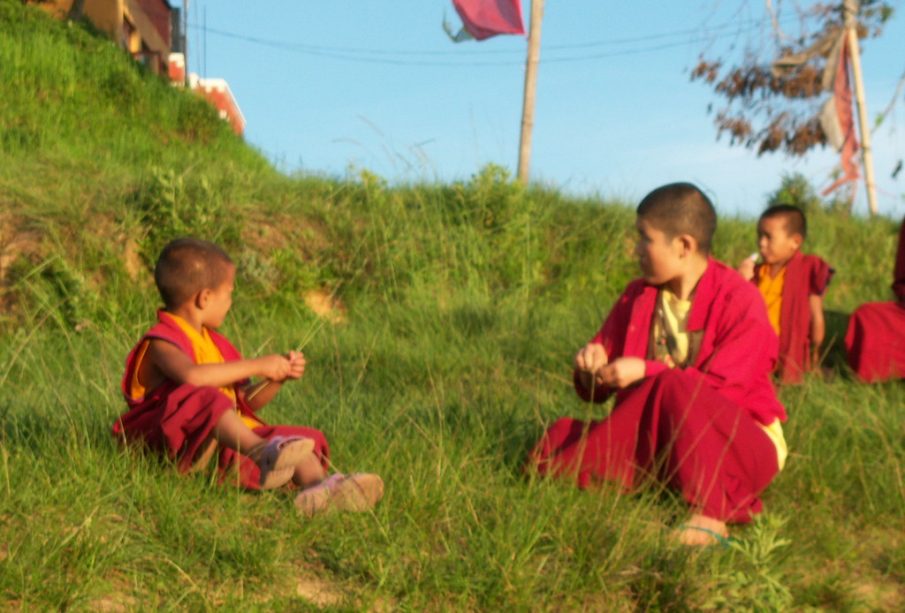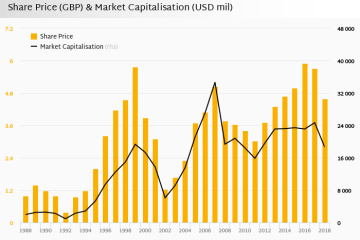Discovering Nepal: Culture, Geography and Adventure

Introduction
Nepal, nestled between the towering Himalayan mountains and the rich historical landscapes, is a country renowned for its diverse culture, stunning natural beauty, and adventure tourism. As the home of Mount Everest, the world’s highest peak, and a plethora of UNESCO World Heritage sites, Nepal offers an exceptional blend of experiences for travelers and residents alike. With tourism playing a crucial role in its economy, understanding Nepal’s current situation, especially post-COVID-19 pandemic, is essential for stakeholders, travelers, and enthusiasts.
Recent Developments in Nepal
In recent years, Nepal has faced several challenges, including the impacts of the devastating earthquake in 2015, and more recently, the COVID-19 pandemic, which significantly affected its tourism sector. However, as countries open their borders and travel restrictions ease, Nepal is witnessing a resurgence in tourism. The government has been actively promoting travel safety measures and the rich cultural heritage of the country, highlighting activities such as trekking, rafting, and wildlife safaris.
According to the Nepal Tourism Board, visitor numbers are gradually climbing, with a reported increase of 39% in international arrivals between 2022 and 2023 compared to the previous years. Key attractions like Pokhara, known for its stunning lakes and adventure sports, and Kathmandu, celebrated for its impressive architecture and historical sites, are drawing in tourists. Local businesses and communities are beginning to flourish again, as they cater to the resurgence in travel.
Cultural Highlights
Nepal is rich in cultural diversity, with over 120 ethnic groups and more than 120 languages spoken across the country. This cultural mosaic is celebrated through various festivals, such as Dashain and Tihar, which reflect the traditions and customs of the diverse population. Furthermore, the country is home to numerous historical monuments, including the ancient city of Bhaktapur and the sacred stupa of Boudhanath, both of which attract tourists keen to understand Nepalese history and spirituality.
Conclusion
The future of Nepal looks promising as it embarks on a path to recovery from recent adversities. With robust efforts in promoting tourism, preserving culture, and enhancing infrastructure, Nepal is an increasingly attractive destination for adventurers and cultural enthusiasts. As the country continues to open up, it is crucial for both travelers and the local economy to adapt to the new realities while cherishing the heritage and natural beauty that makes Nepal uniquely captivating. For readers and potential visitors, the time is ripe to explore the wonders of Nepal, making unforgettable memories amidst its majestic landscapes and vibrant cultures.









